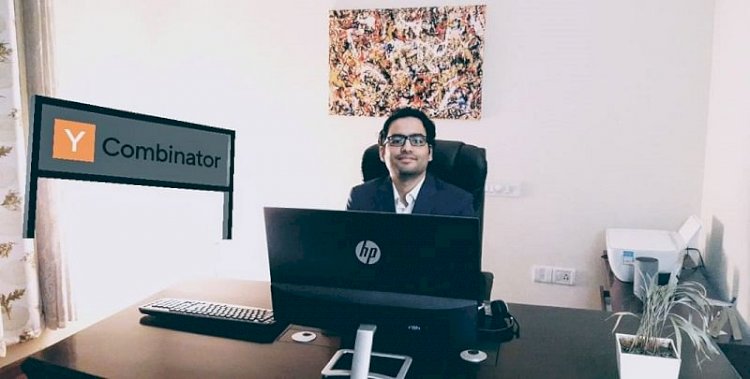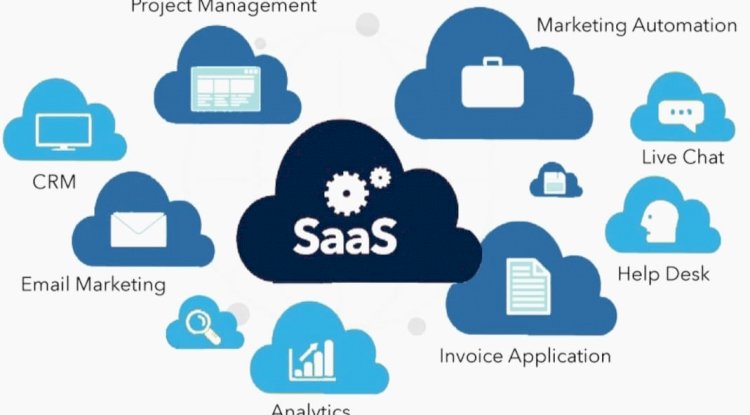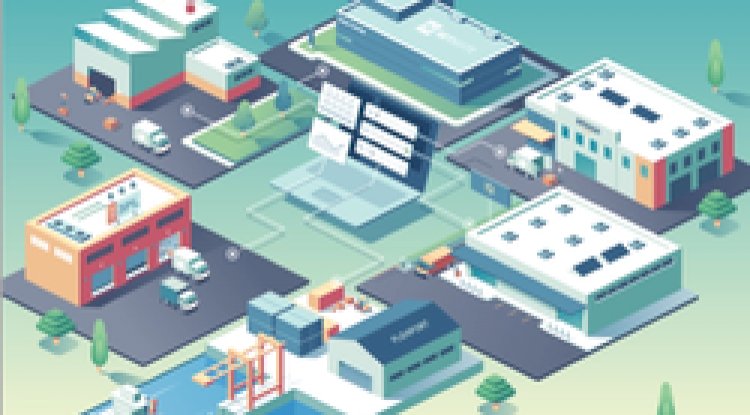How Does SaaS Business Model Provide Services Like Its Regional Brand Amazon?
WereIQ is targeting the regional grand of India with the SMB segment and following SaaS business models in how to build a digital India in the future.
By Gurmeet1995

Y-Combinator has chosen Harsh vadya for the Summer 2020 batch. He is the founder of the wareIQ.
Many of India's national postal services are struggling to keep themselves in the market such as the USPS and India Post. E-commerce like Amazon and Walmart that has disrupted global supply chains with their access to a network of logistics warehouse partners. Amazon has enabled Brand on its platform to reach its customers within three days and Walmart has ensured that the products are stable at any time. There are thousands of regional brands in India that are beginning to test the waters in this digital world but are in a precarious position.
Two friends from Delhi, Harish Vaidya, and Aayush Mattoo started their own stage in 2019 as WareIQ in view of this opportunity. It allows for the delivery of products in India next day offering and competing platforms like amazon and wal-mart.

Currently, 80% of the parcels outside of Amazon arrive in 5 to 15 days. The main reason for this is that 90% of online brand ship demand from a central warehouse is highly fragmented. High fixed investor rigid contracts and technology complexity cater to distributed distribution. It is Harsh Vaidya to say
The Beginning
Harsh received a degree in 2011 from NIT Bhopal after studying chemical engineering. He then worked in a well-known occupation such as Pitney Bobs, Capillary. He came up with the idea of a WareIQ in the US when he worked with Pitney Bobs outside the headquarters at StemFord. He experienced how to use the technology to work with almost one million SMB customers at Pitney Bobs.
In January 2019 he came to India and interviewed a group of retailers and D2C online startups. Harsha visited many warehouses in India. It is noteworthy that they found that 80% of parcels arrive in India in 5 to 15 days. The reason for this is with Amazon struggling with premium delivery services at the price possible and lose revenue.
Harsha then met Ayush Mattoo who was working with Delhi as Director of Operations and had a deep understanding of India's logistics ecosystem and the management systems required for large-scale operations. Ayush Mattoo graduated from NIT Kurukshetra in Mechanical Engineering and 2015.
How does WereIQ work?
Customer retention for an online brand now depends on whether it is able to provide fast shipping? Take an online brand for example. Shipping software companies that assemble multicarrier and provide online shopping. These are effective for completing orders in one place but do not scale for multi-location.

"In addition, the software does not have warehousing management and multi-marketplace fulfillment capabilities, due to which a brand will have to use different technology and either build these integrations themselves or employ a Tech services firm. " Harsh Vaidya says.
The WereIQ solution works in three stages:-
Brands connect their online stores or marketplaces to the platform and send their inventory to the WereIQ.
WareIQ recommends smart inventory placement by locations.
As soon as a customer places an order, the WereIQ dispatches it from the nearest supply center.
USP of WereIQ.:-
Ability to build your own fulfillment network and offer next day or two-day deliveries.
Billing on usage with a minimum deposit amount.
7 days vs 3 to 6 months on board.
No multiple WMS systems spend with shipping software and physical infrastructure.
Challenges and future

Building the Orchestration layer connecting the prediction system for smart inventory placement and controlling the entire shipping experience with multiple failure points was a difficult part of the WereIQ business. With warehouses can start as a single Rack or pallet. In which there is no minimum or security deposit and 100 warehouses and more than 60 brands use their pan-India network in a plug and play manner. The company faces Rakez and Increff.
Their plan for the next 18 months is to capture the new market opportunity in e-commerce which has been accelerated by COVID-19. Apart from this, we will also aim to expand our network to new markets by stepping up with increasing demand.
According to KPMG, the consumption of e-commerce in India is less than one packet per person. As India strives for digitization and increased digital spending. It is only a matter of time that the infrastructure of the supply chain will have to be upgraded to cater extensively and customers will have timely completion requirements.
What's Your Reaction?



















